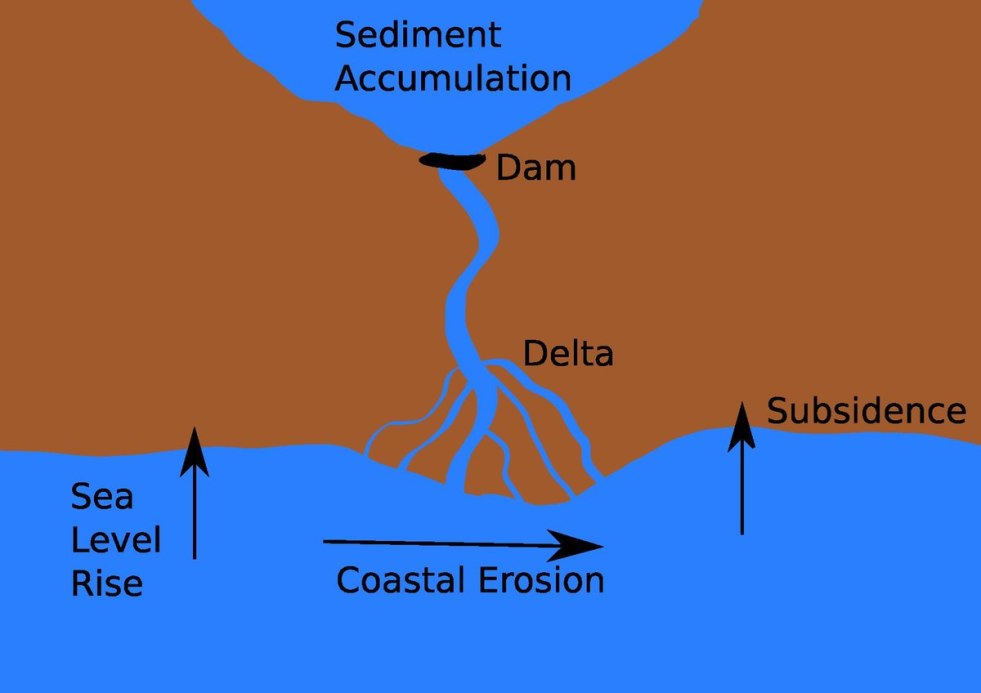This week seems to have brought rather too many bad news for big dams in India, it seems. The Vyasi hydropower project on Yamuna river in Uttarakhand, inaugurated by the Prime Minister Shri Modi in Dec 2021, is facing plethora of problems even before its formal commissioning, including scarcity of water, mass fish death, displacement without rehabilitation of people, among others.
In Himachal Pradesh, the stage-1 forest clearance of the Renuka dam, whose foundation stone was laid by the Prime Minister Shri Modi on Dec 28, 2021, has lapsed, 12.5 years after it was given. Now the project need to restart the whole clearance process. There is also news of massive leakage of water and silt collapse in Parbati 2 project in HP.
In Betwa basin, an exasperated Jal Shakti Minister has ordered n inquiry into the Dam project. This, while the Ken Betwa project that the Union Govt has been desperate in pushing, still does not have crucial clearances.
A well researched article by Avli Verma shows that the Ganga waterways project does not have environment clearance, nor environment impact assessment even as the National Green Tribunal has adjourned the hearing demanding that for FOURTEEN times even as Union Environment Ministry quietly sits on the issue.
And finally, sound analysis by international experts lists ten reasons why hydropower is a false climate solution. It may be good idea to take a pause on these big dams, hydropower projects and other river affecting projects and rather take stoke of the way we are governing our rivers and these projects?
Continue reading “DRP NB 25 April 2022: Bad news for dams: Vyasi, Renuka, Parbati, Betwa, Ken Betwa, Ganga waterways, Hydropower false climate solutions…” →









